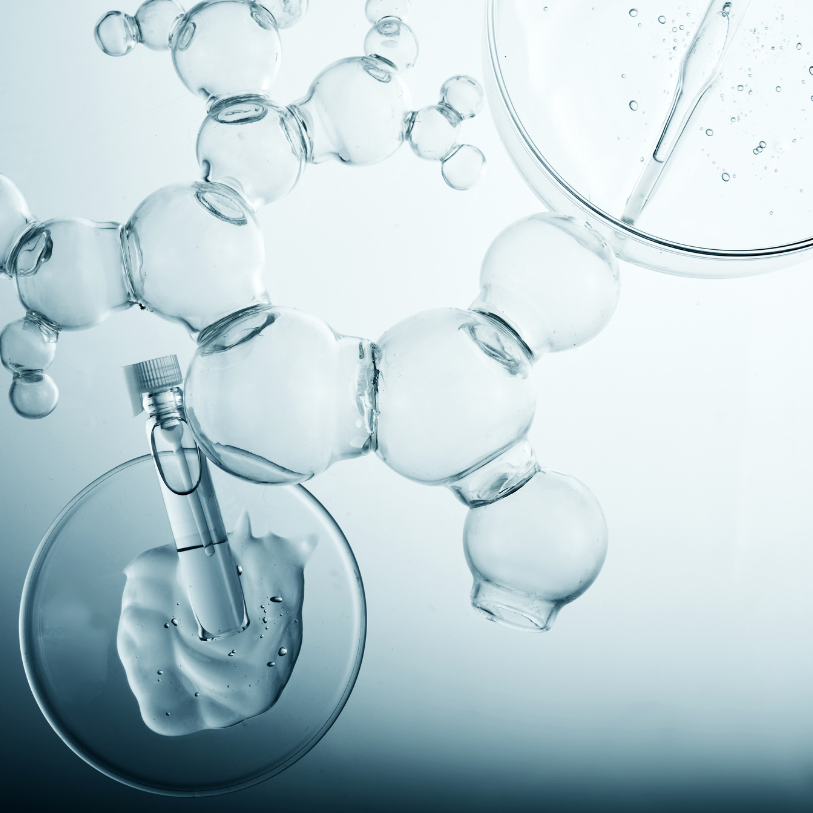Educational Content Hub
Comprehensive learning resources for environmental consulting
IICRC Standards Overview
Learn about industry-standard practices for environmental assessment and remediation
Key Standards Covered:
- S530 - Indoor Environmental Assessment
- S520 - Mold Remediation
- S500 - Water Damage Restoration
- S590 - Commercial Drying
Mold Science & Detection
Understanding mold growth, identification, and health implications
Topics Include:
- Mold growth conditions
- Health implications
- Detection methodologies
- Prevention strategies
Water Damage Classification
Categories and classes of water damage for proper response
Classification Systems:
- Category 1, 2, 3 water types
- Class 1-4 damage levels
- Emergency response protocols
- Drying principles
Industrial Hygiene & Air Quality
Factors affecting air quality and testing methodologies
Air Quality Factors:
- Ventilation assessment
- Contaminant identification
- Testing methodologies
- Improvement strategies
Interactive Educational Tools
Professional assessment and learning tools
Mold Risk Assessment Calculator
Evaluate mold growth risk based on environmental conditions
Risk scoring algorithm
Professional recommendations
IICRC Standards Guide
Interactive guide to industry standards and certifications
Interactive learning modules
Certification guidance
Building Health Assessment
Comprehensive building health evaluation checklist
Health scoring system
Improvement recommendations
IICRC Standards Library
Professional methodology reference guide
S530
Indoor Environmental Assessment
Comprehensive guidelines for environmental assessment, moisture evaluation, and microbial contamination analysis.
S520
Mold Remediation
Professional mold remediation standards including condition assessment, containment, and verification protocols.
S500
Water Damage Restoration
Water damage classification, drying protocols, and restoration methodologies for residential and commercial properties.
S590
Commercial Drying
Specialized drying protocols for commercial and industrial facilities with enhanced equipment requirements.
Building Science Principles
Interactive learning tools for environmental factors
Moisture Dynamics
Understanding how moisture moves through building materials and systems.
Relative Humidity
The amount of water vapor in air relative to the maximum amount that can be held at that temperature.
Dew Point
The temperature at which water vapor begins to condense into liquid water.
Vapor Pressure
The pressure exerted by water vapor, driving moisture movement through materials.

Air Quality Assessment
Factors affecting indoor air quality and occupant health.
Ventilation Rate
The rate at which outdoor air replaces indoor air, measured in air changes per hour.
Contaminant Sources
Internal and external sources of air pollution affecting indoor environments.
Filtration Efficiency
The ability of air filtration systems to remove particulates and contaminants.

Thermal Performance
Heat transfer and thermal bridging in building systems.
Heat Transfer
Conduction, convection, and radiation affecting building performance.
Thermal Bridging
Areas of increased heat transfer through building envelope components.
Insulation Performance
R-values and thermal resistance in building envelope systems.

Professional Knowledge Base
Frequently asked questions and best practices
Assessment Best Practices
Remediation Guidance
Need Professional Environmental Consulting?
Apply this knowledge to your environmental consulting needs with our expert team.